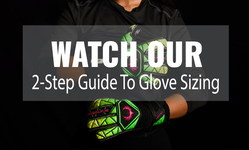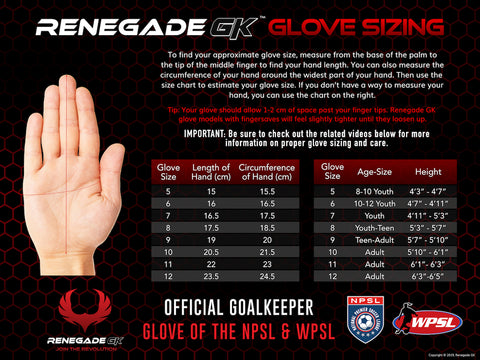A goalkeeper's footwork is what defines the difference between a 'good' keeper and a 'great' keeper. It's an essential tool in successful goalkeeping. A keeper who has trained and practiced their footwork during drills is the difference between saving the game or letting it slip into the back of the net. Champion goalkeepers develop the foundation for their footwork early on in their career, and they are always working to perfect it throughout.
Developing the skills for quality footwork is something that can't be rushed. These skills take consistent training and practice. The keeper must stay focused, attention to detail is key. It takes time to develop proper footwork technique so that when the keeper's ability to move across the goal is tested, they can answer the call at a moment's notice.
Footwork is one of the most difficult techniques for a goalkeeper to master. Most of the time, a keeper will be forced to dive after a shot when the ball has been hit accurately or when the keeper has been caught out of position. To work on developing footwork technique, a goalkeeper should make these things a priority:
- Their step and stride length (know the difference in your shorter steps and bigger steps)
- Work on limiting the amount you cross one leg in front of the other
- Always strive to stay in front of the ball.
- Keep hands prepared for the shot.
- Remaining in a ready position while in motion
- Keeping their hips and shoulders square to the ball at all times
- Keeping on the balls of their feet
The most common mistakes goalkeepers make with their footwork are:

Learning good footwork is the foundation of great goalkeeping. A keeper that has quick feet can get themselves into position to make an easy catch instead of having to dive at balls just out of reach all the time.









